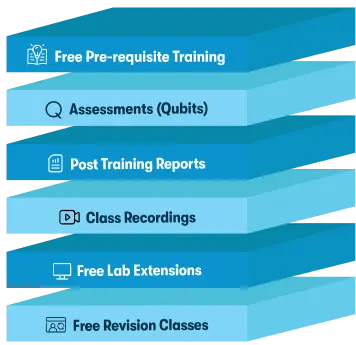We're open through the holidays to support your upskilling goals — book your session today!
We're open through the holidays to support your upskilling goals — book your session today!
Unable to find what you're searching for?
We're here to help you find itSoftware Asset Management Fundamentals Course Overview
The Software Asset Management (SAM) Professional Fundamentals course is designed to equip learners with the knowledge and skills necessary to effectively manage software assets within an organization. The course covers various aspects of SAM, including the introduction to SAM practices, Trustworthy data establishment, Practical management techniques, Operational integration, Strategic conformance, and Reporting & analytics.
Throughout the course, participants will delve into these key modules:
1. Introduction to Software Asset Management
2. Trustworthy Data
3. Practical Management
4. Operational integration
5. Strategic conformance
6. Reporting & analytics
By completing this course, learners can aim for the ServiceNow SAM Pro certification, demonstrating their proficiency in ServiceNow's software asset management platform. Ideal for IT professionals, the course also prepares participants for ServiceNow SAM Pro training, ensuring they can apply best practices in SAM and add value to their organizations through cost optimization, compliance, and risk management.
Successfully delivered 16 sessions for over 29 professionals
Purchase This Course
USD
View Fees Breakdown
| Flexi Video | 16,449 |
| Official E-coursebook | |
| Exam Voucher (optional) | |
| Hands-On-Labs2 | 4,159 |
| + GST 18% | 4,259 |
|
Total Fees (without exam & Labs) |
22,359 (INR) |
|
Total Fees (with Labs) |
28,359 (INR) |
Scroll to view more course dates
*Inclusions in Koenig's Learning Stack may vary as per policies of OEMs
Suggestion submitted successfully.
Koenig Learning Stack
Inclusions in Koenig's Learning Stack may vary as per policies of OEMs
